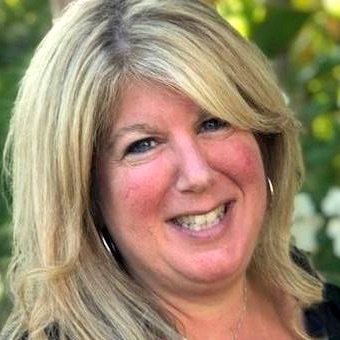Michelle Bulgatz is a graduate of the Alternative Practitioner Academy in Arlington Heights, IL and received certification from the National Guild of Hypnotism. She serves as an example of someone who is doing the work they love and do best: helping people achieve their true desires, create harmony, and a sense of inner peace and well-being. She achieves this through utilizing a blend of her skills as a hypnotist, clairvoyant, and remote viewer.
She completed the beginning, intermediate, and advanced training programs through the International School of Clairvoyance, where she learned to integrate her intuitive gifts with her hypnosis skills.
Michelle is a talented remote viewer and remote viewing instructor. Fully-certified in all forms of Controlled Remote Viewing, She completed the beginning through advanced training programs through Right Hemisphere, Intuitive Specialists, APP, and received additional training from Joe McMoneagle.
Michelle is a prominent member of IRVA (International Remote Viewing Association) and received the Warcollier Prize for 2017. She is a member of APP (Applied Precognition Project) and the National Guild of Hypnotists. She has Research related to Remote Viewing and Parapsychology Published with The Journal of Psychical Research, The Parapsychology Association, and Eight Martinis Magazine. Michelle works on special remote viewing projects with IONS (Institute of Noetic Sciences).

